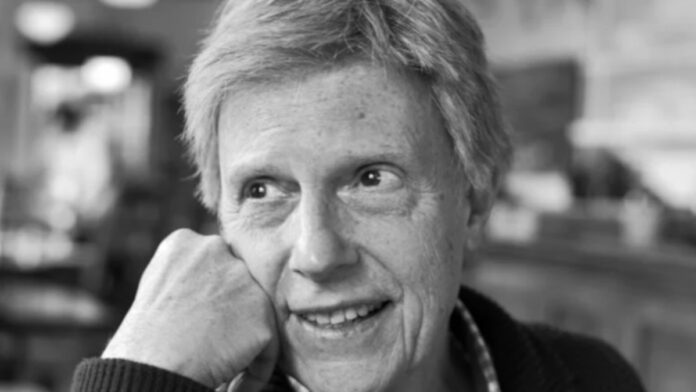The Early History of Access Control – The Interview Between SEN news’ Editorial Director-John Adams and Roger Pearce: The Early History of Access Control.
JA: How did you get started in the security industry?
RP: In 1974, my wife and I had just returned from a 2-year working holiday in the UK, a common rite of passage in those days, and with funds tight, I needed a job. I saw a position as a sales engineer with Voca Communications – Voca and 3M were the first companies to develop and sell fax machines in Australia. The first units were about the size of a IBM Selectric typewriter (some of you will know what that is) and you had to talk to the person on the other end before transmitting the fax.
No one really understood what you were talking about most of the time. “We have a telex machine. Why would we want a fax?” they’d say.
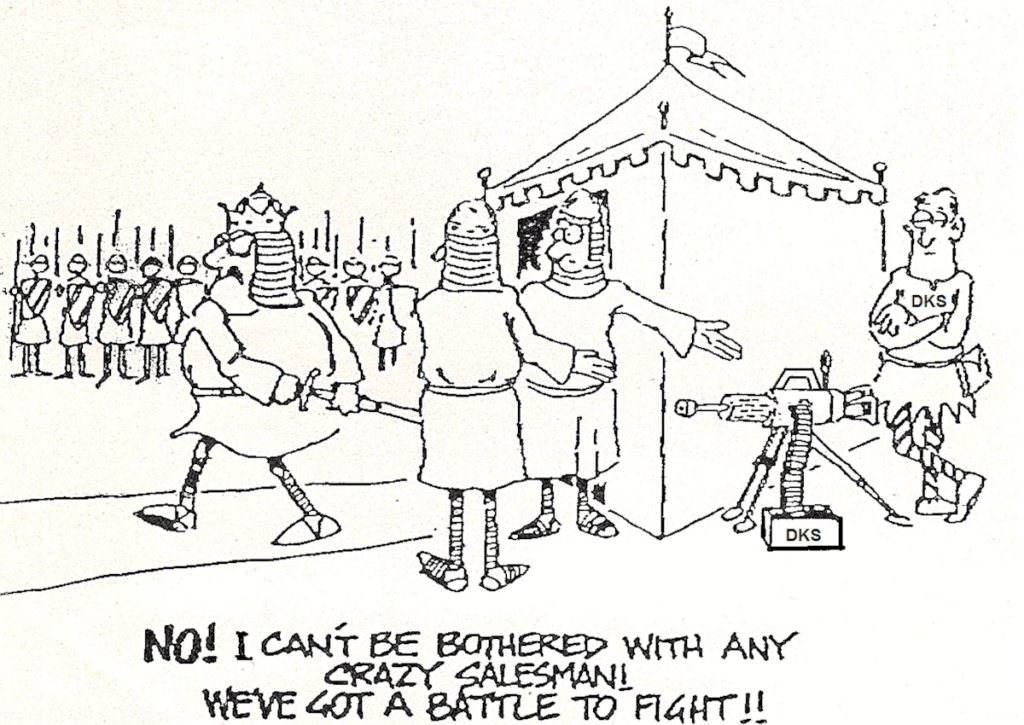
So, it was a hard slog. However, our national sales manager did have a win. He was drowning his sorrows in a pub in Canberra and got chatting to a journalist who asked if he would like Gough Whitlam’s direct line. After an explanation on the phone his staff came to a demo. The sales manager faxed an example of a closely typed page to me in Sydney and I signed it and faxed it back.
Bingo – Gough had to have one! Next thing I was delivering the newly released auto-receive model to Kirribilli House so Gough could send faxes back from anywhere in the world even if there were no staff up to receive it. It was about the size of a large photocopier and only just fitted into the back of my station wagon.
The only problem was Doug McClelland the Minister for Media – if anyone needs a fax it would be the Minister for Media, surely – had bought a 3M machine. 3M and Voca were not compatible (ring a bell anyone?). He was told to switch to Voca as 3M did not have an auto-answer machine. Despite this little win, it was too early to disrupt the telex machine. It was another 10 years before the telex machine was pushed back into the corner behind our fax machine at the DKS office.
Certainly, this theme of having to convince clients that new technology sometimes had many advantages over doing things the old way continued throughout my career – faxes over telex and then in my next role electronic access control over metal keys.
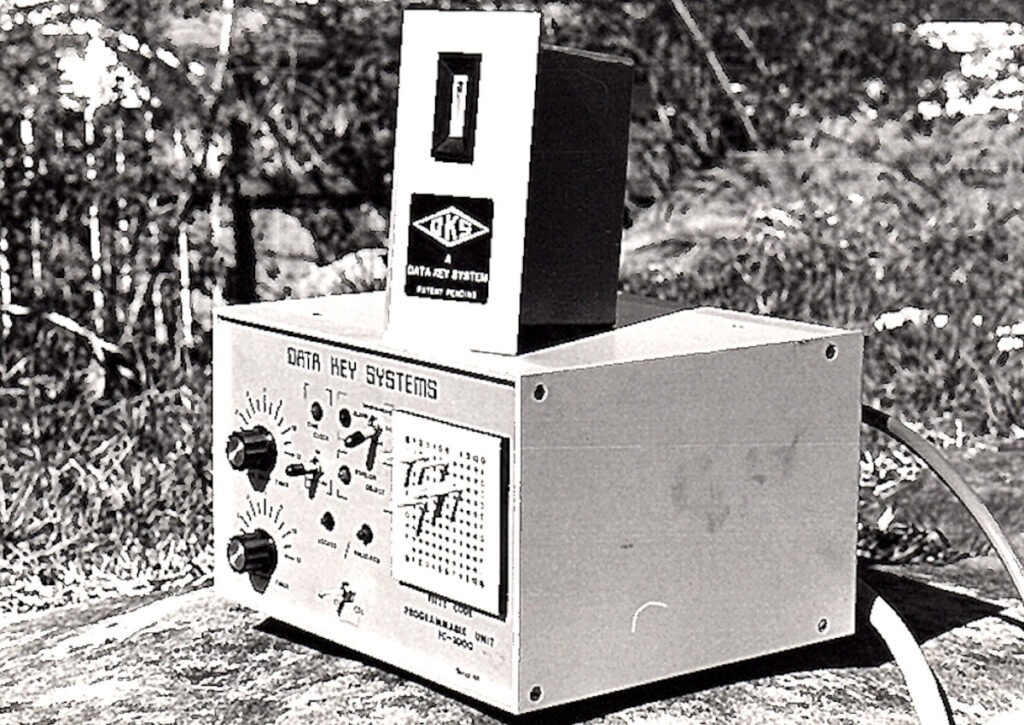
JA: That was your break into electronics – how did you jump across to electronic security?
RP: Luckily Chubb had just picked up the sole agency for Rusco Electronic System (RES) (now Casi-Rusco, GE Interlogix). When I arrived for my interview at Chubb Lock & Safe the receptionist asked me to wait in the showroom. They had a Rusco R40 system set up there and I was able to figure out what electronic access control was! The manager, David McLaren, had been recruited for his experience in office machines sales and had no technical knowledge, which was a relief for a new recruit – it made me look like an expert and I got the job.
I was issued with a car (no mobile phone, not even a beeper) and I was sent out to sell access control. No one in Chubb knew much about it so I was on my own. Metropolitan Alarms, Chubb’s alarm company, was a separate division and did not want to get involved in case the high tech new division failed. The Chubb managing director of the time, Stanley Masters, was of the view that the only real security was a strongroom door or some species of huge safe. He once said: “Electronic security is a flash in the pan, it won’t last”.
Fortunately for the longevity of my career in electronic security, I ignored the lot of them and pressed on. The Rusco range included the R10 standalone single code card reader. We sold an installation of reader, lock, electric strike and power supply for $A1600 ($11,000 in today’s money), including supply, install and commission. This solution did have ‘door ajar’ local to the door if you wired it up. The reader had no time zones and changing the code meant all cards had to be re-issued.
The on-line reader (Weigand) was a lot more expensive – around $2000 in yesterday’s money – try selling one reader for the equivalent of $12,370+GST nowadays! Today, an intelligent reader with encryption and all alarm functions, as well as programmable reader attributes and even remote management, installed with a lock and strike, sells for between $2000-3000.
Around 5 years later I had introduced electronic access control to heaps of clients including one of the largest access control systems in Australia around1978/1979 (about 40 readers) and the largest Rusco system at the time. This application was Channel 7’s Epping studios. The Rusco R40 had a reader capacity of 40, so this became a problem. The site was later taken over by SNP (now, Telstra SNP) and expanded further with CASI-Rusco.
JA: After doing time at Chubb you moved to one of Australia’s earliest access control specialists, DKS. How did that come about?
RP: It was at a security show at the end of 1979 that I went on to the DKS stand and saw for the first time the CCU20 Access Control System they had developed here in Australia. The idea of getting in on the ground floor of an Australian company developing this technology had a lot of appeal. The CCU20 was a 20-reader, 4-time zone, 4000-key capacity system.
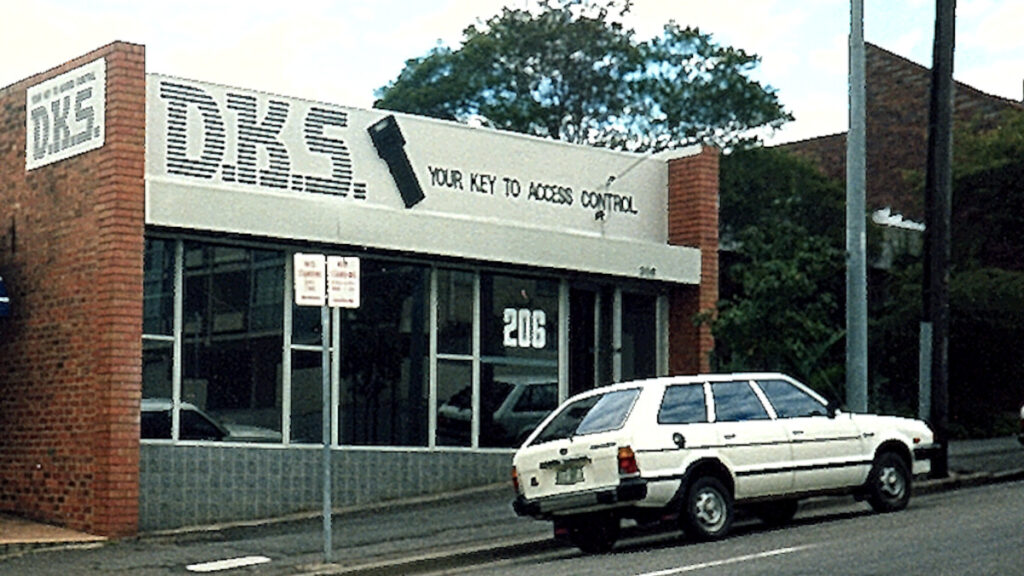
Prior to this model, DKS had developed the revolutionary 50-code unit. This reader, sold between 1976 and 1979, allowed 50 individual key codes to be validated/invalidated. The unit came with all 50 keys valid and you blocked the one(s) you did not want (or any lost keys) with a diode plug which was stuck into the corresponding hole for that key number. Thank God I didn’t have to sell any of these!
By end of January 1980 I started at DKS working out of the factory in Marrickville Rd, Marrickville. Although my wife was not pleased we had to mortgage the house to get into the business, it was still a lot of fun. The DKS culture was fantastic. We had a marvellous team of dedicated staff. We were on a mission to put Australian access control on the map.
JA: How did that progress – how fast was the market taking up access control? How many units did you sell?
RP: The numbers tell the story. Our sales for the whole of 1980 were $A40,000. All 3 shareholders of DKS survived on this (less costs) that year. But by 1991 when we sold DKS to James Hardie Building Automation (JHBA), our annual turnover was $18 million.
JA: That’s huge growth trajectory over a 10-year period – what were the systems over that time?
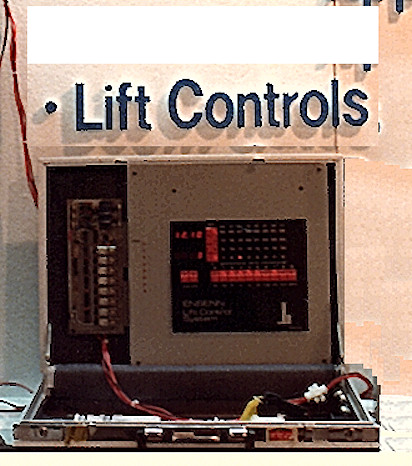
RP: Our breakthrough product was probably the ENSENN 2000 and ENSENN ECS (Elevator Control System). Developers in the early 80s were trying to squeeze maximum floor space out of the buildings they were developing, so lobbies and foyers were really a loss of lettable space. We worked closely with the lift companies to come up with a panel that fitted into the lift car and did not need a trailing cable. This was a world first.
At the time, lift companies were charging $10,000-$20,000 (Google says that’s $25,243 – $50,487 in today’s money) for a trailing cable. We managed to save this cost with the ECS. The lift companies were also happy to promote it, because the cost of a trailing cable was a negative for them with building owners and developers. So successful was this product during the period when places like North Sydney were booming that access control people used to call Walker St and Arthur St DKS row.
Every DKS salesman was issued with the ECS demo unit in a brief case. This was the best way to illustrate something that people could not quite believe could work without trailing cable.
JA: That product really must have put DKS on the map.
RP: Yes, it really did. Although we went on to develop other ground-breaking products (enough for another article) this was the bread and butter product that was the foundation for future growth.

JA: What’s the most significant change you have noticed since the early days of the industry?
RP: As I walk around the big security exhibition these days I am amazed. The first one I went to was at a small venue in Milsons Point and organised by industry association, ASIAL. There were probably no more than 20 stands. Now there are hundreds of stands, thousands of sales people selling millions of dollars’ worth of access control equipment. I think of the characters that prior to 1985 helped turn what was a cottage industry into the billion-dollar business it is today.
Guys like Jack Staniforth (CardKey), Brian Wapshot (Schlage), Geoff Pagewood (Kastle), Steve Mills, and Brian Wakelin (MIL), Roger Whyborn and Phillip Knowland (ASCO) and Steve Mills (second go), as well as Peter Rodger promoting DKS at North Shore Locksmiths before they sold DKS to us. Then the early members of my team at DKS, John Perram and Brenton Jones. (Apologies to anyone I have missed out – if you want to be included in my History of Access Control in Australia do get in touch).
JA: It’s a fascinating story – and I get the feeling we’ve barely touched the surface. What are you doing at the moment?
RP: I still have security consulting to do. Also I have just been asked to serve on the IEC TC79 WG11 Electronic Access Control Systems Standards Australia/IEC committee Scope (as defined in ISO/IEC Directives, Part 2, 6.2.1) This standard shall define a protocol for configuration of an electronic access control system.
I will be joining industry icons Vlado Damjanovski, Les Simmonds and Will Yeadon for this task. As chairman of the Membership Committee of ASIS NSW I am also trying to encourage senior members of our industry to give back to the industry that has grown so much over the last 40-odd years.
And there is still the History of Electronic Access Control In Australia to write. This is what they call a work in progress, I think! ♦
More details about DKS here and you can also read more interesting security news articles from SEN news here.
“The first one I went to was at a small venue in Milsons Point and organised by industry association, ASIAL”.



